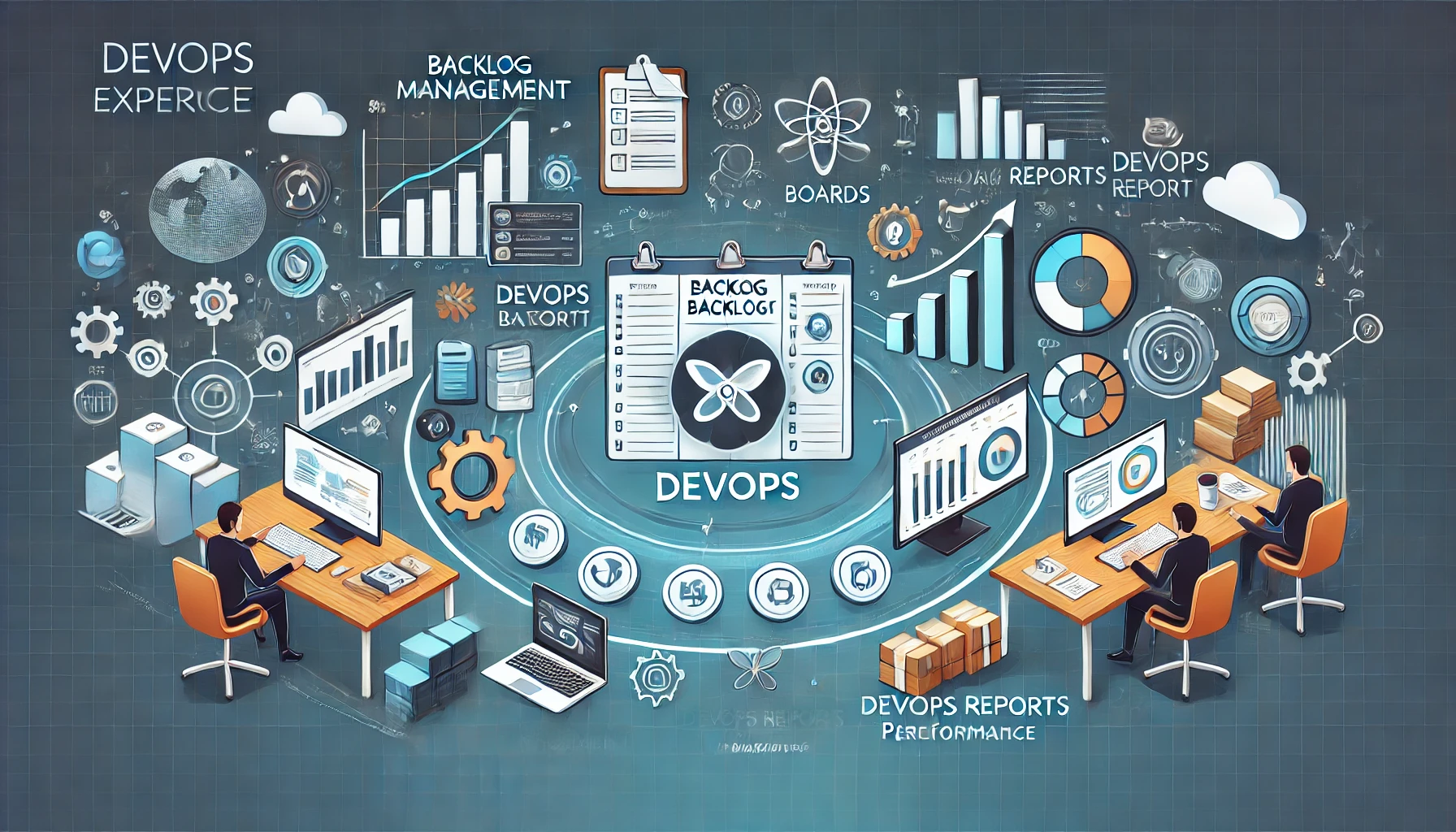Project Pulse with Alok
(Agile Expertise | AI-Driven Insights | Coaching, Mentoring, Monitoring & Scaling | Azure & AWS Optimizer)

I am Alok Kumar Thakur
I am a passionate cloud expert and a seasoned project manager, specializing in data analytics, AI-driven project management, and cloud optimization. My journey spans several years of hands-on experience with cloud platforms like Azure and AWS, leading cross-functional teams to success with Agile methodologies such as Scrum and Kanban. I excel at designing efficient, scalable cloud architectures and data engineering pipelines that solve real business challenges.
With a focus on delivering impa ct-driven solutions, I integrate AI technologies to enhance project transparency and decision-making. Whether it's managing intricate cloud solutions, scaling Agile practices, or leveraging data for business insights, I bring a deep expertise that drives results and innovation.
My goal is to make technology approachable and transformative for businesses, blending technical skills with strategic project management to achieve sustainable success.
Azure Services
- Azure Virtual Machines: Used to create scalable environments for development and testing, allowing teams to spin up resources as needed, reducing costs and improving flexibility in project workflows.
- Azure App Service: Leveraged to deploy and manage web applications seamlessly, accelerating delivery by reducing manual configurations and providing out-of-the-box scalability.
- Azure Functions: Implemented serverless computing to handle event-driven tasks, reducing the operational overhead of managing servers and enabling efficient, automated responses to cloud events.
- Azure SQL Database: Used for storing application data securely with minimal administrative effort, offering high availability and scalability to support business growth.
- Azure Cosmos DB: Implemented to manage globally distributed, multi-model databases, which provided low-latency access for applications that needed reliable performance.
- Azure Storage: Utilized for secure, scalable storage of unstructured data, enabling easy data archiving and sharing across applications.
- Azure Active Directory: Configured for managing user access and enabling single sign-on, which improved security and user experience for applications.
- Azure Data Factory: Built ETL pipelines for data transformation, facilitating seamless movement of data between various services for analytics purposes.
- Azure Synapse Analytics: Leveraged for data integration, big data analysis, and data warehousing, which supported advanced business intelligence efforts.
- Azure Logic Apps: Used to automate workflows and integrate services, reducing manual effort and enhancing operational efficiency.
AWS Services
- Amazon EC2: Deployed instances for scalable compute power, ensuring that applications could handle traffic surges without performance degradation.
- Amazon S3: Utilized for storing data backups and assets, providing a highly durable and scalable solution for long-term storage needs.
- Amazon RDS: Managed relational databases with automated backups and patching, reducing administrative tasks and focusing on application development.
- Amazon DynamoDB: Leveraged for NoSQL database solutions to support high-velocity transactions with minimal latency, ideal for dynamic application data.
- AWS IAM: Configured role-based access control to ensure secure access to AWS resources, implementing least privilege principles for enhanced security.
- AWS Glue: Used to create ETL workflows, simplifying data preparation and integration for data analytics projects.
- Amazon Redshift: Implemented for data warehousing, enabling efficient querying and analysis of large data sets, supporting strategic business insights.
- Amazon Kinesis: Used for real-time data processing, ensuring timely analysis of streaming data for actionable insights.
- AWS CloudFormation: Automated infrastructure deployment, allowing for repeatable, consistent environment setups and reducing human error.
Data Analytics & Engineering
- Data Warehousing: Built centralized repositories for structured data using Redshift and Azure Synapse, improving data retrieval times and simplifying business intelligence processes.
- Data Modeling: Created conceptual, logical, and physical models to ensure effective data structuring that supports reporting and analytics requirements.
- ETL Processes: Developed automated ETL workflows to extract, transform, and load data efficiently, reducing manual effort and improving data accuracy.
- Big Data Analysis: Leveraged cloud-based big data tools to handle large volumes of data, enabling the extraction of actionable insights for informed decision-making.
- Azure Synapse Analytics: Used for integrating big data and data warehousing, streamlining large-scale data queries for real-time insights.
- AWS Glue & Redshift: Combined services to automate ETL and store processed data, supporting faster analytics turnaround for business use cases.
- Power BI & Tableau: Created dashboards that visualized KPIs, allowing stakeholders to make data-driven decisions more easily.
- SQL & NoSQL Databases: Managed data using SQL for structured datasets and NoSQL for unstructured or dynamic data requirements.
- Python for Data Analysis: Applied Python libraries (like Pandas and NumPy) to perform data analysis, automate processes, and build predictive models.
Project Management
- Agile Methodologies (Scrum, Kanban): Led Agile ceremonies, including stand-ups and retrospectives, to enhance collaboration and deliver iterative project value.
- Scaled Agile Framework (SAFe): Applied SAFe principles to manage multiple Agile teams, ensuring alignment between business objectives and product delivery.
- Stakeholder Management: Maintained regular communication with stakeholders, aligning project goals with business requirements and managing expectations effectively.
- Risk Management: Identified, analyzed, and mitigated project risks, ensuring project delivery remained on track and risk impacts were minimized.
- Project Scheduling: Utilized tools like MS Project and JIRA to create detailed schedules, ensuring tasks were tracked and delivered on time.
- Resource Planning: Allocated resources efficiently across multiple projects, optimizing team performance and avoiding bottlenecks.
- Change Management: Managed scope changes and their impacts effectively, ensuring smooth adaptation to evolving project requirements.
- JIRA & Azure DevOps: Used for backlog management, sprint planning, and tracking, increasing team visibility and facilitating continuous improvement.
- CI/CD Pipeline Implementation: Set up CI/CD pipelines to automate testing and deployment, reducing manual intervention and enhancing software quality.
Truly Agile
- Scrum: Led daily stand-ups, sprint planning, and retrospectives to ensure effective team collaboration and timely delivery of project milestones.
- Kanban: Utilized Kanban boards to visualize work, manage flow, and continuously improve team efficiency and responsiveness.
- Scaled Agile Framework (SAFe): Applied SAFe principles to align multiple Agile teams, ensuring cohesive delivery of value across large programs.
- Agile Ceremonies: Facilitated Agile ceremonies, including sprint reviews and retrospectives, to enhance transparency and foster a culture of continuous improvement.
- Impediment Management: Proactively identified and removed impediments to ensure that teams could progress without blockers, maintaining momentum and productivity.
- Facilitation: Guided discussions and facilitated workshops to drive consensus and alignment among cross-functional stakeholders, ensuring that objectives were met.






